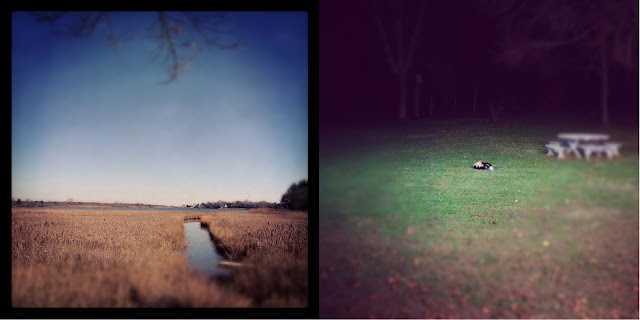Its a New Year, and I hope everyone had a great holiday!
Today, I want to discuss one of my favorite types of photography; Macro. Whether you are using a macro lens on your DSLR, or are setting your point and shoot camera to Macro, it is a different way to shoot the world and the objects around you. I tend to use it both in my personal and professional work. While shooting weddings, I use macro to shoot close details of the bride's accessories. This is an image of the bride's necklace laid on her flowers:
 |
| Necklace Detail |
Limited depth of field is an important consideration in macro photography. A limited depth of field means that only the parts of an image in a particular focal plane will be in focus, which can make or break a composition. This makes it essential to focus on the most important part of the subject, as parts of the subject that are even a millimeter closer or farther from the focal plane will be noticeably out of focus. This can be seen in an image that I shot in college of water dripping out of a faucet, with a pack of highlighters behind it. The highlighters are entirely out of focus so that they just become a hint of color, while the water is in clear focus:
 |
| Rainbow Water |
|
|
|
|
If you are going to try this with your point and shoot or DSLR with a Macro lens here are a few tips to help:
- If you are shooting with a point and shoot, select Macro mode. This is generally symbolized with a little flower.
- Using a tripod can be useful. Keeping your camera still not only improves your shots (getting rid of camera shake), but it also allows you to play around with different settings without losing your composition.
- Using a timer can also help reduce camera shake, so that you do not have to touch the camera when triggering the shutter.
I would love to see some of your examples of macro photography! Please email me at Elegantedgephotography@gmail.com with your examples and I will post my favorites!
Stefanie
"I really believe there are things nobody would see if I didn't photograph them." - Diane Arbus











